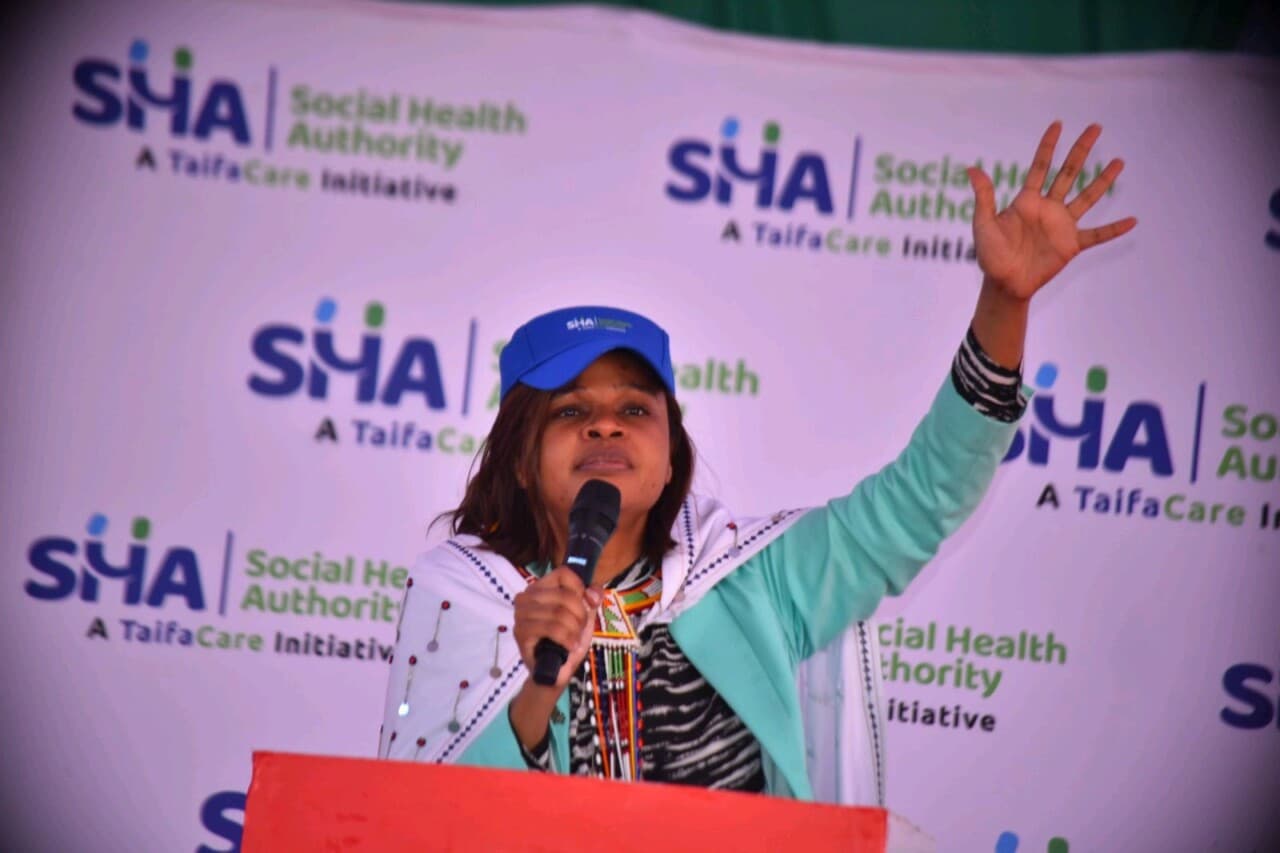We're loading the full news article for you. This includes the article content, images, author information, and related articles.
The Social Health Authority will phase in the increased cancer coverage over three years as new data reveals cancer is now the second leading cause of death in Kenyan hospitals, raising questions about the urgency of the reforms.

NAIROBI, KENYA – The Social Health Authority (SHA) has announced a plan to progressively double its cancer treatment coverage from the current Ksh550,000 to Ksh1 million per patient annually, a move set to be phased in over the next three years. The announcement, made on Thursday, October 30, 2025, comes as a stark new report from the Kenya National Bureau of Statistics (KNBS) reveals that cancer became the second leading cause of death in the country's health facilities in 2024.
Appearing before the National Assembly's Departmental Committee on Health, SHA Chief Executive Officer Dr. Mercy Mwangangi detailed the gradual implementation. The cover will first increase to Ksh600,000 in the first year, then to Ksh800,000 in the second, before reaching the Ksh1 million mark in the third year. Dr. Mwangangi stated that this review was prompted by feedback that the current limit is insufficient, with about 10% of cancer patients exhausting their benefits before completing treatment.
For thousands of Kenyan families, a cancer diagnosis is financially catastrophic. Recent data illustrates the immense gap between insurance cover and actual treatment costs. For instance, treating cervical cancer can cost between Ksh172,000 and Ksh759,000 without surgery, and can escalate to as high as Ksh1.25 million if an operation is required. Similarly, breast cancer treatment costs can range from Ksh175,200 to over Ksh2.48 million when surgery is involved. While a recent partnership between the Ministry of Health and Roche East Africa on May 29, 2025, commendably reduced the cost of certain breast cancer treatment sessions from Ksh120,000 to Ksh40,000, the overall expense remains a significant burden.
Patient advocacy groups, such as the Kenya Network of Cancer Organisations (KENCO), have been vocal about the inadequacy of the current financial support. Following protests in early October 2025, patients highlighted that the existing cover is quickly depleted by costs of surgery, chemotherapy, radiotherapy, and essential medicines, forcing many to halt treatment. Personal stories reveal families selling assets and falling into poverty to manage the disease, illustrating the devastating socio-economic impact beyond the health crisis.
The move to increase the cancer cover is part of a broader overhaul of the nation's health insurance framework, transitioning from the National Hospital Insurance Fund (NHIF) to the new Social Health Authority (SHA) and the Social Health Insurance Fund (SHIF), which officially commenced on October 1, 2024. The current Ksh550,000 oncology package is funded through a combination of Ksh400,000 from the main SHIF program and an additional Ksh150,000 from the Emergency, Chronic, and Critical Illness Fund (ECCIF).
In her address to Parliament, Dr. Mwangangi also introduced plans for a "differentiated cancer treatment model." This new model aims to align insurance reimbursement with the specific costs associated with different types of cancer. "A differentiated model will ensure treatment and reimbursement match specific cancer profiles and cost structures," Dr. Mwangangi explained on October 30, 2025, noting that SHA currently supports approximately 35,000 cancer patients, with data suggesting the actual number needing support is closer to 50,000.
The phased increase, while a step forward, has been met with mixed reactions. Patient advocates argue that a three-year wait for the full Ksh1 million cover is too long for those currently battling the disease, especially in light of the new mortality statistics. According to the 2024 Kenya Vital Statistics Report, cancer accounted for 8,954 deaths in health facilities, making it the leading cause of death for women. KENCO has urged the government to ensure continuity of care during the transition to SHA, citing reports of patients being turned away or asked to pay out-of-pocket due to system and approval delays.
The success of this ambitious plan hinges on sustainable financing and efficient management within the new SHA framework. The authority is also focused on reviewing key cost drivers, particularly the high price of pharmaceuticals, and has assured lawmakers of fortified fraud detection systems to protect public funds. As Kenya grapples with this significant public health challenge, the effectiveness of these reforms will be closely watched across the East Africa region, where many nations face a similar rising burden of non-communicable diseases and the immense challenge of funding equitable cancer care.
Keep the conversation in one place—threads here stay linked to the story and in the forums.
Other hot threads
E-sports and Gaming Community in Kenya
Active 7 months ago
Popular Recreational Activities Across Counties
Active 7 months ago
The Role of Technology in Modern Agriculture (AgriTech)
Active 7 months ago
Investing in Youth Sports Development Programs
Active 7 months ago